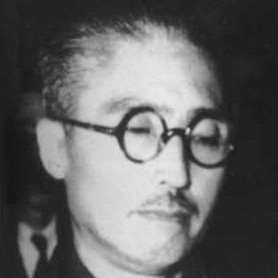
1982 - 1987
Sadamichi Hirasawa
Summary
Name:
Sadamichi HirasawaNickname:
Dr. Jirō Yamaguchi / Public Health OffficialYears Active:
1948Birth:
February 18, 1982Status:
DeceasedClass:
MurdererVictims:
12Method:
PoisoningDeath:
May 10, 1987Nationality:
Japan
1982 - 1987
Sadamichi Hirasawa
Summary: Murderer
Name:
Sadamichi HirasawaNickname:
Dr. Jirō Yamaguchi / Public Health OffficialStatus:
DeceasedVictims:
12Method:
PoisoningNationality:
JapanBirth:
February 18, 1982Death:
May 10, 1987Years Active:
1948Date Convicted:
July 24, 1950bio
Born on February 18, 1892, Sadamichi Hirasawa trained as a respected tempera painter and exhibited across Japan. He worked under prominent artists and earned recognition before World War II, including at national painting exhibitions. He taught and painted landscapes of his native Hokkaido, establishing a solid artistic reputation.
murder story
On January 26, 1948, a man claiming to be a public health official entered the Teikoku Bank branch in Toshima, Tokyo, distributing pills to staff under the pretense of a dysentery outbreak. Of 16 people who ingested the pills, 12 died; survivors included a child.
After months of investigation and witnessing, authorities identified Hirasawa—partly via business card exchanges—and arrested him on August 21, 1948.
Hirasawa initially confessed under intense interrogation before recanting in court, citing memory issues from Korsakoff’s syndrome. The Tokyo District Court sentenced him to death on July 24, 1950, based largely on that confession and weak eyewitness ID. The Supreme Court affirmed the verdict in 1955.
He spent the next 32 years creating art behind bars while maintaining his innocence. No Justice Minister signed off on the death warrant, a rare judicial pause for doubt in Japan’s post-war era. External critics questioned the conviction’s validity, citing shaky ID, coerced confession, and possible involvement of Unit 731 bioweapons specialists.
On May 10, 1987, Hirasawa died of pneumonia in the Hachiōji medical prison at the age of 95, still officially on death row. Multiple appeals and calls for retrial continued posthumously.